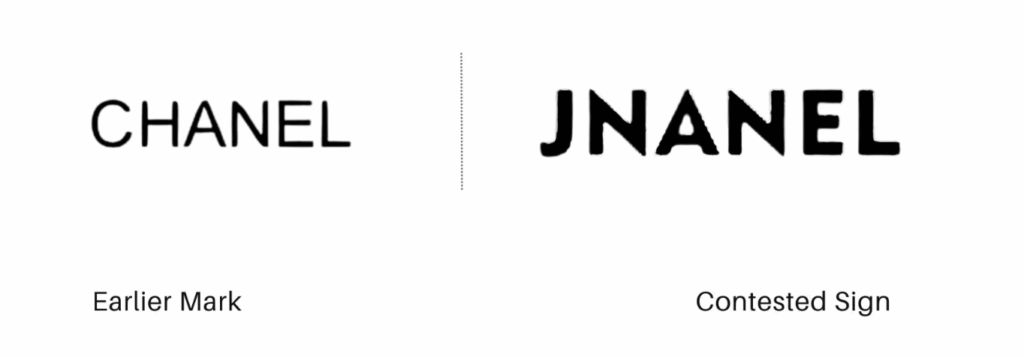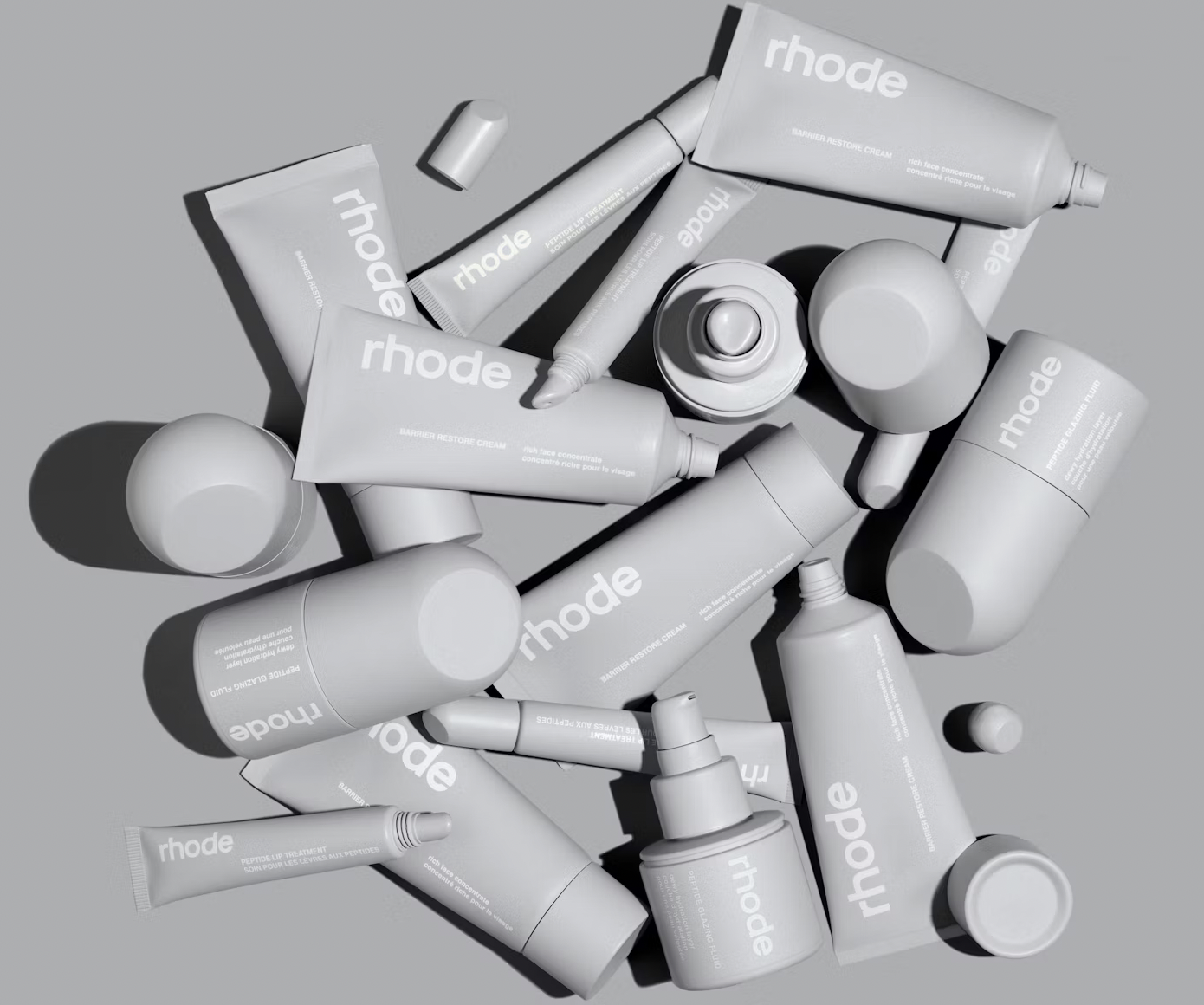Chanel has once again shown that attempts to exploit the power of its name will not go unchallenged. The famed luxury goods brand has prevailed in an opposition proceeding before the European Union Intellectual Property Office, successfully blocking the registration of the “JNANEL” trademark for apparel and accessories. In a newly-issued decision, the EUIPO’s Opposition Division refused to register the JNANEL mark, rejecting an application filed by an unaffiliated Chinese entity on the basis that the mark is too similar to Chanel’s name.
The Background in Brief: Chuanli Xing filed an application with the EUIPO in August 2024, seeking to register the “JNANEL” mark for use on accessories, including hats, gloves, and scarves. Chanel opposed the application later that year, pointing to one of its own registrations for the CHANEL mark for use on clothing and headgear.

Imperfect Recollection & Inherent Distinctiveness
Siding with Chanel in a decision on September 16, the EUIPO’s Opposition Division determined that the contested goods “are included in the broad category of [Chanel’s offerings]” and therefore must be considered identical. With the goods at issue established as identical, the dispute turned on whether “JNANEL” was similar enough to Chanel’s protected mark to create a likelihood of confusion. In its comparison, the Opposition Division found:
> Visually: Both marks contain six letters and share the sequence ANEL in their final four characters. While the beginnings – “CH” versus “JN” – differ, the Office emphasized that consumers generally perceive marks as a whole rather than dissecting individual letters. The marks were found visually similar to at least a below-average degree.
> Aurally: Pronounced as “CHA-NEL” versus “J-NA-NEL,” the marks share notable overlaps in rhythm and sound, particularly the identical “NEL” ending. The EUIPO considered them aurally similar to an above-average degree.
> Conceptually: Neither mark carried an inherent meaning for the relevant French consumer, eliminating any conceptual distinction that could help avoid confusion.
The Opposition Division also held that the CHANEL trademark is distinctive to a “normal degree” and invoked the principle of imperfect recollection, stating that average consumers “rarely have the chance to make a direct comparison between different marks [and thus,] must trust in their imperfect recollection of them.”With that in mind and in light of the similarity of the goods and the marks at play, the Opposition Division held that consumers were likely to assume a commercial link between the CHANEL and JNANEL marks, and therefore, it refused the application for the latter mark in its entirety.
In furtherance of its opposition, Chanel had also argued that its mark enjoys an exceptionally strong reputation, pointing to more than a century of continuous use, global recognition, and widespread media visibility. Its counsel argued that the CHANEL mark has long transcended its origins as a surname to become one of the most famous and valuable fashion trademarks worldwide and as a result, should benefit from an enhanced scope of protection under Article 8(5) EUTMR.
The Opposition Division opted not the delve into the reputation-specific evidence provided by Chanel, emphasizing that the case could be decided without considering Chanel’s reputation. According to the Opposition Division, the overlap between the parties’ marks and the similarity of the goods was sufficient to establish a likelihood of confusion even if Chanel’s mark were treated as having only a “normal” level of distinctiveness.
In other words, Chanel’s win did not turn on its global renown or on heightened legal protections tied to its robust reputation. Instead, the opposition was resolved squarely on the basis of Chanel’s inherent distinctiveness, which underscores how strong even the baseline protection for its name remains.
THE BIGGER PICTURE: On its own, this case is a minor proceeding: a small-time applicant trying to register “JNANEL” for use on hats and scarves. However, it reflects larger dynamics in luxury brands’ IP enforcement strategy. The opposition appears to reflect a zero-tolerance policy by Chanel when it comes to similar marks, with the brand moving to block even relatively weak imitations in order to avoid setting a precedent of lax enforcement that could ultimately undermine its valuable trademark rights.
At the same time, the proceeding sends a broader signal to the market: Chanel will not tolerate imitators no matter how small they may be, and consumers can be assured that Chanel continues to closely guard the exclusivity of its name and authenticity of its offerings.














